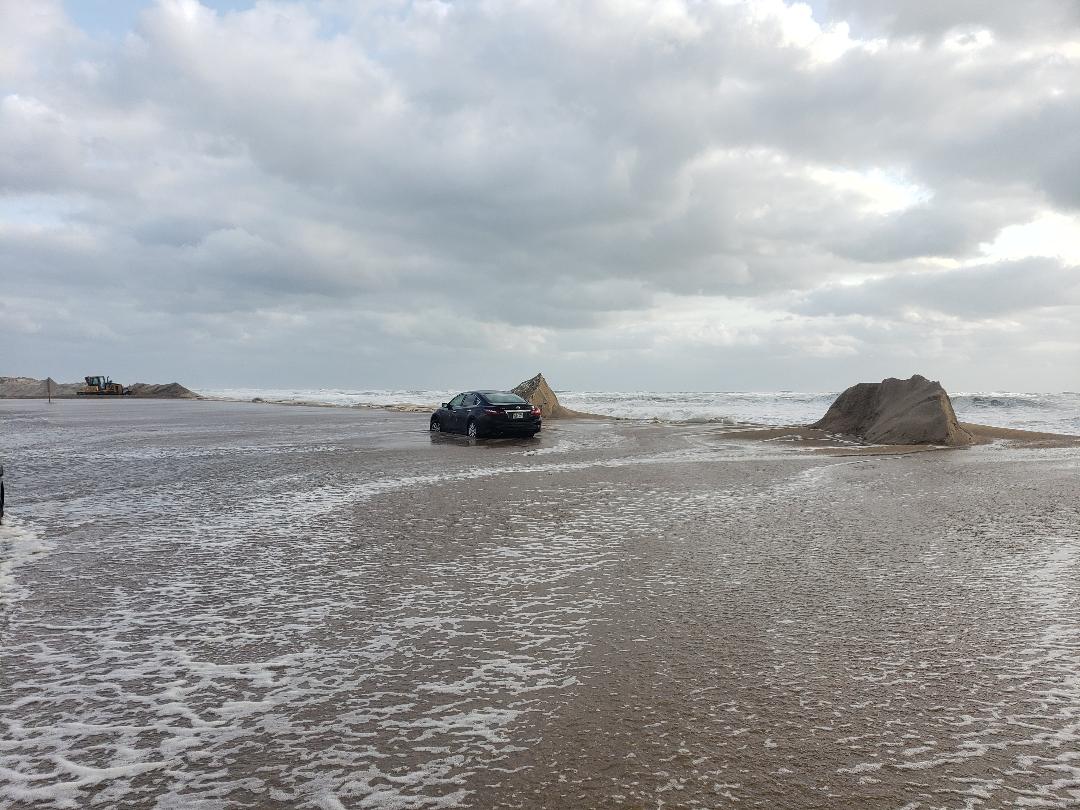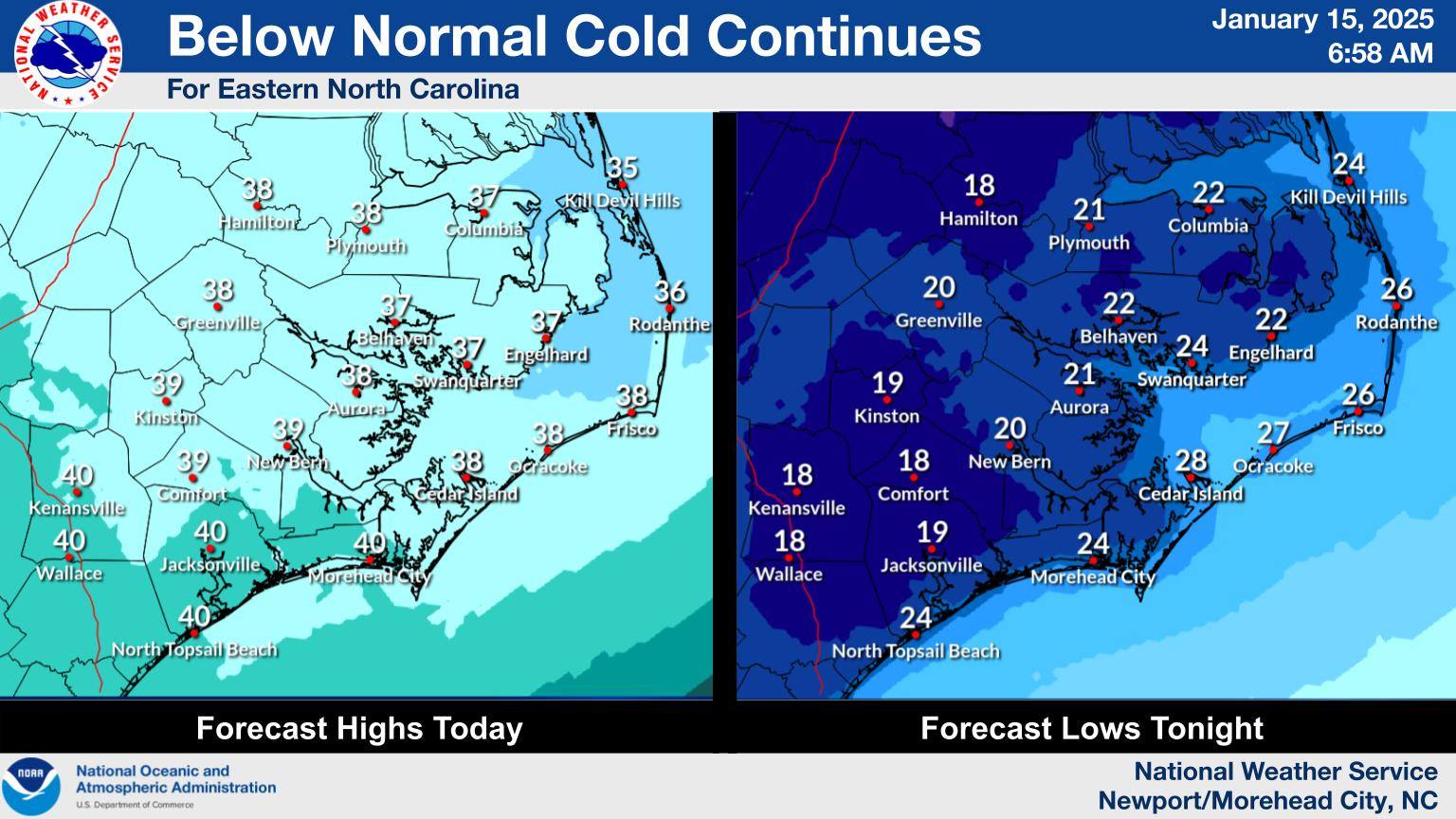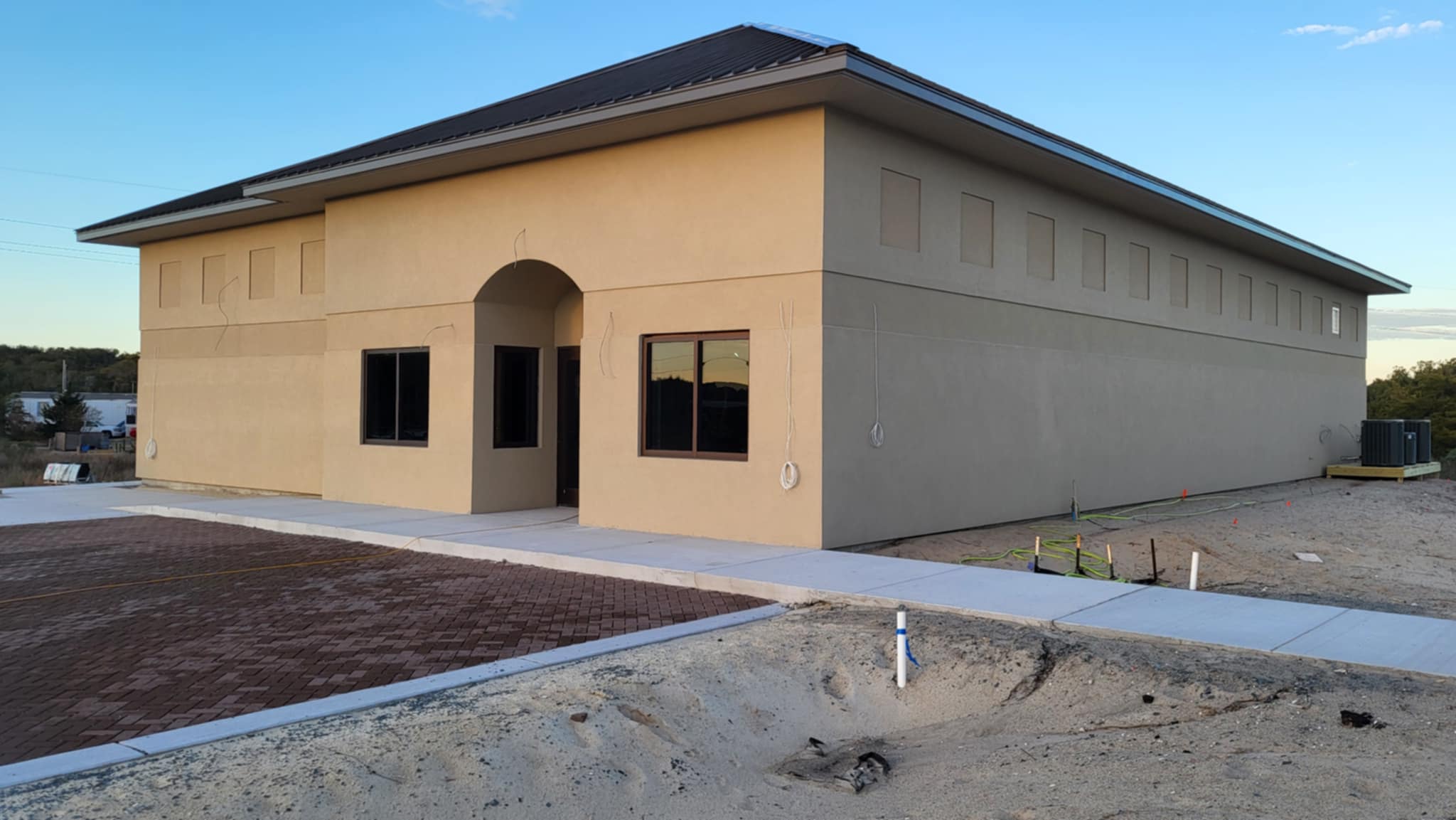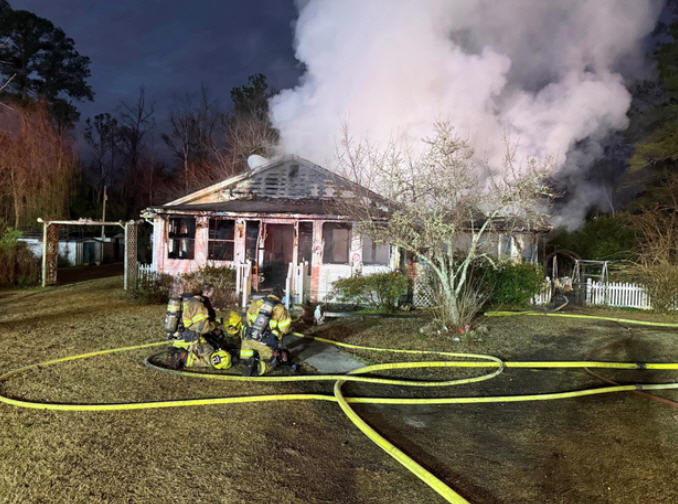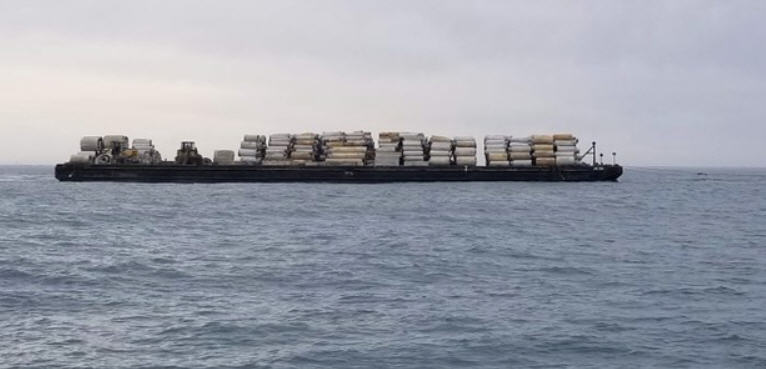The story behind repairing Friday night’s icy power outage
After having survived an unusually harsh winter of snow, ice, high winds, and stretches of below-freezing temperatures with barely a flicker, Hatteras and Ocracoke’s power system finally met its match last Friday night, March 6.
After another day of temperatures hovering right at the freezing mark and icy drizzle falling all afternoon and into the evening, the lights went out on the islands at 6:37 p.m., and stayed out in some villages for almost 6 1/2 hours.
The rest of the night was anything but the warm, cozy end of the week most of us were expecting. Indoor temperatures starting falling like a rock, and residents used whatever they could to keep warm — wood stoves, fireplaces, and lots of blankets.
While Cape Hatteras Electric Cooperative members were trying to stay warm, all of the staff returned to work — all 25 of them, including not only linemen but also receptionists, bookkeepers, and managers.
It was a nasty night, and the cause of the outage was in a nasty place — a marshy area along the Pamlico Sound in north Buxton. Bucket trucks couldn’t get to the poles, further challenging the linemen, who were forced to hike to climb icy poles to get to the problems. One resorted to donning a wetsuit to get to a pole in a canal.
Power was finally restored to the last of the villages, Frisco, at 1 a.m. on Saturday morning, but the CHEC staff continued to deal with scattered outages until almost sunrise.
As grateful as islanders are to the linemen who put their lives on the line literally that night, there have been questions about exactly what happened, why it took so long to fix, why the whole island couldn’t have been switched to generator power, and why different villages got power back at different times.
So we asked CHEC to tell us the story. Here it is.
QUESTIONS AND ANSWERS FROM CHEC
On Friday, March 6, at 6:37p.m., the Cape Hatteras Electric Cooperative had a power outage affecting all of Hatteras and Ocracoke islands. The outage was caused by galloping lines in Buxton. We have received many questions from the membership about Friday’s outage that we would like to take the time to answer.
What are “galloping lines?”
Galloping lines are a phenomenon mostly seen in the upper Midwest where flat terrain and harsh winters leave power lines susceptible to ice formation. Ice causes normally round power lines to take on the airfoil shape of an airplane wing. This causes the wire to lift in the wind leading to a violent up and down whipping motion. The result is that the lines bump into each other, putting additional stress on the wooden cross-arms holding the wires in place.
Why did it take so long for crews to discover the problem?
When the lights went out, CHEC’s relay system notified crews that the breaker at Oregon Inlet had opened and that the problem was in the vicinity of that breaker. Crews immediately headed toward Pea Island to locate the problem.
Crew leaders soon discovered that there was no problem in the area of Pea Island and that the relay system had delivered incorrect information on where the problem was. The crews now had to systemically work their way back down the island to locate the issue.
This is a new relay system that the Cooperative installed in November 2014. CHEC management is diligently working to correct the issues with the new system’s programming to avoid such extended outages in the future. Normally, it would have not taken crews so long to find the issue. The new system had an equipment malfunction and delivered false information.
Why did some villages have power restored before others?
At 10:05, crews had cleared the system south through Avon and transmission power was restored to Rodanthe, Waves, Salvo and Avon. The issue had been isolated to the area of Buxton. It was around this time that the galloping lines were discovered on the 115kV transmission line that runs behind the Fessenden Center in north Buxton.
At this point, CHEC managers knew that it would not be a quick fix and that it might take several hours to repair. The villages of Buxton, Frisco, Hatteras and Ocracoke had been in the dark for nearly four hours with outside temperatures hovering around freezing.
The decision was made to turn on the diesel generator plant in Buxton to provide temporary power to some members. The plant was unable to provide power to all of the southern villages for two reasons:
Managers know that Buxton has the largest year-round population, and they decided that there were probably more year-round residents in Hatteras village than Frisco. So Hatteras was chosen to receive the generator power.
Shortly after the generator was turned on, the transformer in the Hatteras substation tripped offline because the load was too large. CHEC issued a conservation notice to Hatteras village and eventually got them back on.
Tideland Electric Membership Corporation, which serves Ocracoke Island, also made the decision to run the generator on Ocracoke, rotating the power throughout the village.
Why didn’t CHEC start the generator sooner?
The generator cannot be started until the entire system has been cleared and the reason for the outage discovered. Putting electricity back onto the grid before the problem is isolated is a safety hazard.
CHEC used all of its manpower to find the problem on Friday night. It also takes a certain amount of manpower to serve the circuits when the generator is running. In addition, the load on the generator was too great to carry more than one village.
How did CHEC linemen correct the galloping lines?
CHEC linemen had a daunting task on Friday night. After spending hours in freezing rain and wind, their next challenge was accessing the poles, as they are located in thick marsh. Because the bucket trucks could not drive to the poles, CHEC linemen had to manually climb the icy poles to stop the lines from galloping. This was an especially difficult task to complete in the icy winter weather.
One lineman, Josh Austin, had to change to a wetsuit to get access to a pole located in a canal.
At 12:23 a.m. on Saturday morning, crews had successfully made their repairs and were able to start picking up the rest of the circuits on transmission power, starting with Buxton. Hatteras and Frisco circuits followed, and the island was back on transmission power by 1:01 a.m. with the exception of scattered outages. Crews quickly regrouped and returned to the field to finish restoring these scattered outages, mostly caused by high load as a result of the extended outage and cold weather.
CHEC is proud to report that the repairs were made without any injury or accident.
“We are grateful for our linemen who put their lives on the lines to restore power to Hatteras and Ocracoke islands, using all of their training and knowledge to complete this laborious task,” said CHEC general manager Susan Flythe. “We are also thankful for our loyal and supportive membership, and the patience that they showed us on Friday night.





